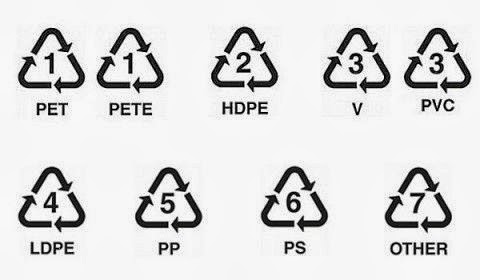Recommended articles: finance and blockchain
- Survey on the interaction of regulatory instruments: results and analysis. This report aims to summarise and analyse the results of the second-wave of the survey conducted by the Basel Committee's Research Task Force on the role of multiple regulatory constraints in the Basel III framework. The results of the first wave (reporting date 30 June 2016) were published in February 2017 and invited additional survey questions as well as more in-depth interpretations of banks' answers. Some aggregate results are broken down by bank groups and geography. To provide additional insights (and check data quality), banks' answers from this survey are merged to banks' information on the other topics collected through the Basel III monitoring exercise. We find that there is a great degree of consistency across topics and, also, between the two survey waves (BIS).
- Risk sharing and market discipline: Finding the right mix. A key question in the debate on the reform of the euro area concerns the right mix between risk sharing and market discipline. This column, part of the VoxEU debate on the topic, argues that proposals to enhance market discipline in the euro area are counter-productive, because they increase the vulnerabilities of countries with high legacy debts (VOX).
- A bank branch for the digital age. Far from rendering the bank branch obsolete, digital technology holds the key to the branch of the future (McKinsey).
- BIS international banking statistics at end-March 2018: 1) The modest pickup in international banking activity that began in mid-2017 continued into Q1 2018. Banks' cross-border claims rose by 451 billion between end-2017 and end-March 2018 to 30 trillion, up 2 % year on year. 2) The fastest growth was again in cross-border credit to non-bank financial borrowers, such as investment funds and special purpose vehicles, which rose by 8 % in the year to end-March 2018. 3) Cross-border credit to emerging market economies (EMEs) grew by 89 billion in Q1 2018, up by 7 % over the previous year. In contrast to most previous expansions in credit to EMEs, the latest increase was not accompanied by a rise in the share of short-term claims (BIS).
- The blockchain catalyst for change. The idea of a new software system that powers a consensus-driven form of shared record keeping has already had a profound effect, encouraging rapid and substantial investment in what is now commonly referred to as blockchain technology. This column introduces the latest Geneva Report on the World Economy, which assesses the available evidence and likely impact for this technology across a wide range of applications and explores the potential use cases for the financial sector, and the ways in which the organisation of these activities may change over time (VOX).
- The economics of blockchains. Cryptocurrencies and the underlying distributed ledger technology have exploded into public consciousness over the last few years, with devotees insisting that the technology will revolutionise financial transactions and ownership data. This column identifies a ‘blockchain trilemma’ whereby no ledger can fully satisfy the three desirable properties of decentralisation, correctness, and cost-efficiency. It further explains how distributed ledgers enhance competition but introduce costs above and beyond the well-known electricity costs (VOX).
- The Impact of Blockchain Technology on Finance: A Catalyst for Change. Contents: 1) Blockchain technology basics. 2) Blockchain technology’s opportunities and challenges. 3) Blockchain technology and finance. 4) Public policy considerations and regulation of crypto-finance. 5) Broader potential economic impact. 6) Conclusions. 7) Discussions (VOX).



Comentarios